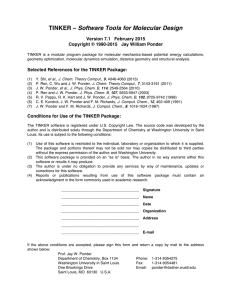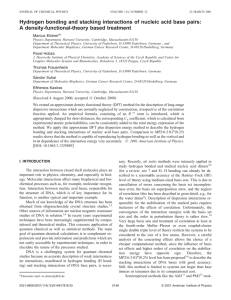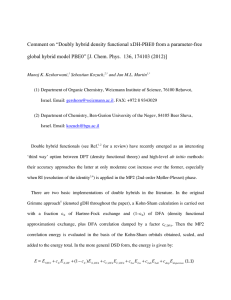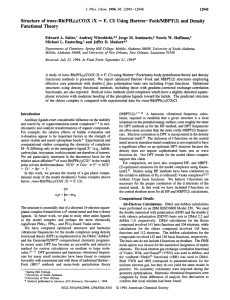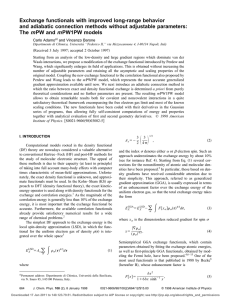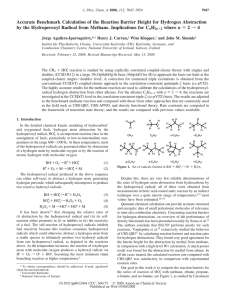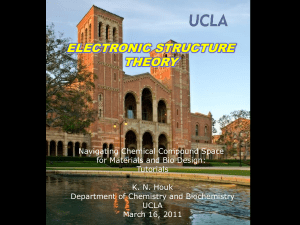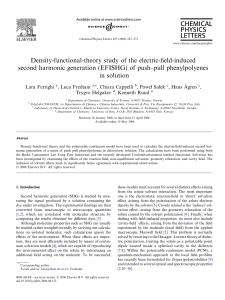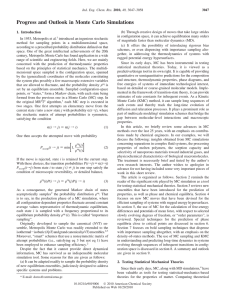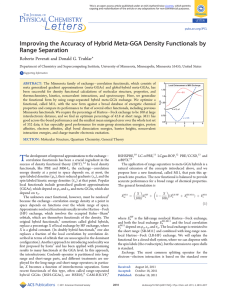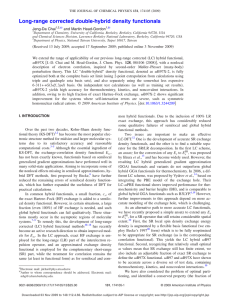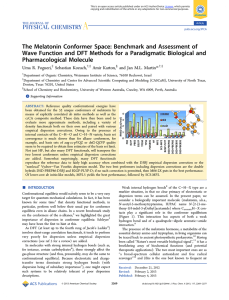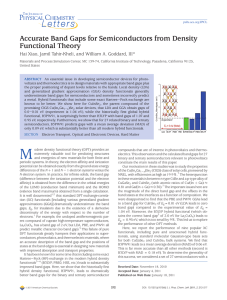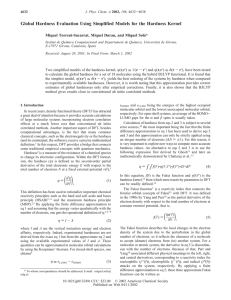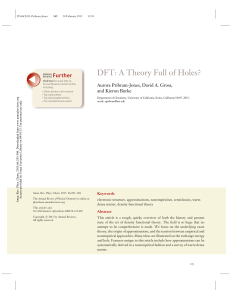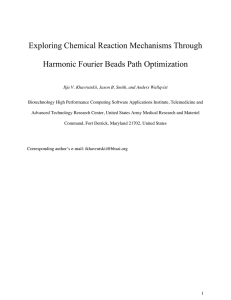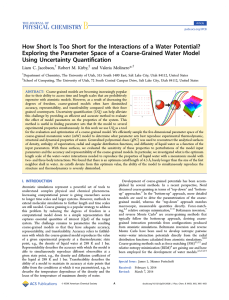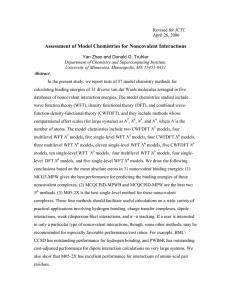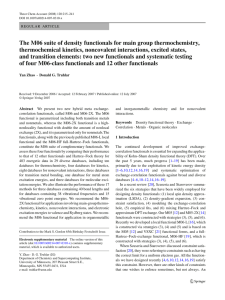Chemistry 430 — Simulation in Chemistry & Biochemistry
advertisement
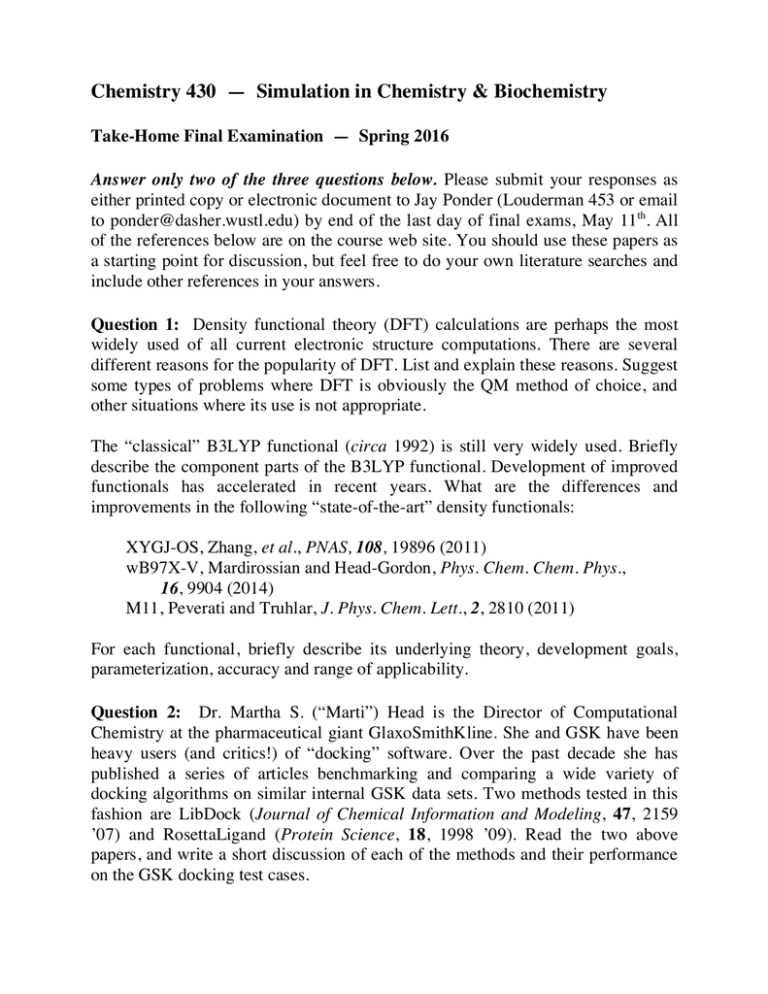
Chemistry 430 — Simulation in Chemistry & Biochemistry Take-Home Final Examination — Spring 2016 Answer only two of the three questions below. Please submit your responses as either printed copy or electronic document to Jay Ponder (Louderman 453 or email to ponder@dasher.wustl.edu) by end of the last day of final exams, May 11th. All of the references below are on the course web site. You should use these papers as a starting point for discussion, but feel free to do your own literature searches and include other references in your answers. Question 1: Density functional theory (DFT) calculations are perhaps the most widely used of all current electronic structure computations. There are several different reasons for the popularity of DFT. List and explain these reasons. Suggest some types of problems where DFT is obviously the QM method of choice, and other situations where its use is not appropriate. The “classical” B3LYP functional (circa 1992) is still very widely used. Briefly describe the component parts of the B3LYP functional. Development of improved functionals has accelerated in recent years. What are the differences and improvements in the following “state-of-the-art” density functionals: XYGJ-OS, Zhang, et al., PNAS, 108, 19896 (2011) wB97X-V, Mardirossian and Head-Gordon, Phys. Chem. Chem. Phys., 16, 9904 (2014) M11, Peverati and Truhlar, J. Phys. Chem. Lett., 2, 2810 (2011) For each functional, briefly describe its underlying theory, development goals, parameterization, accuracy and range of applicability. Question 2: Dr. Martha S. (“Marti”) Head is the Director of Computational Chemistry at the pharmaceutical giant GlaxoSmithKline. She and GSK have been heavy users (and critics!) of “docking” software. Over the past decade she has published a series of articles benchmarking and comparing a wide variety of docking algorithms on similar internal GSK data sets. Two methods tested in this fashion are LibDock (Journal of Chemical Information and Modeling, 47, 2159 ’07) and RosettaLigand (Protein Science, 18, 1998 ’09). Read the two above papers, and write a short discussion of each of the methods and their performance on the GSK docking test cases. Question 3: The Monte Carlo (MC) and Molecular Dynamics (MD) algorithms are two of the major sampling techniques in molecular modeling. Compare and contrast the advantages and disadvantages of these methods. In what respects are they similar, and what are the key differences? It is possible to combine aspects of both methods into a single sampling protocol. Find literature examples of such combinations, and briefly explain how such calculations are organized. Two direct comparisons of the “efficiency” of MC vs. MD have been reported. For example, consider the two papers Jorgensen and Tirado-Rives, J. Phys. Chem., 100, 14508 (1996), and Ulmschneider, et al., J. Phys. Chem. B, 110, 16733 (2006). These studies consider very different systems, but appear to reach generally similar conclusions. Compare and contrast these studies. What assumptions and simplifications are made in these “efficiency” comparisons?



